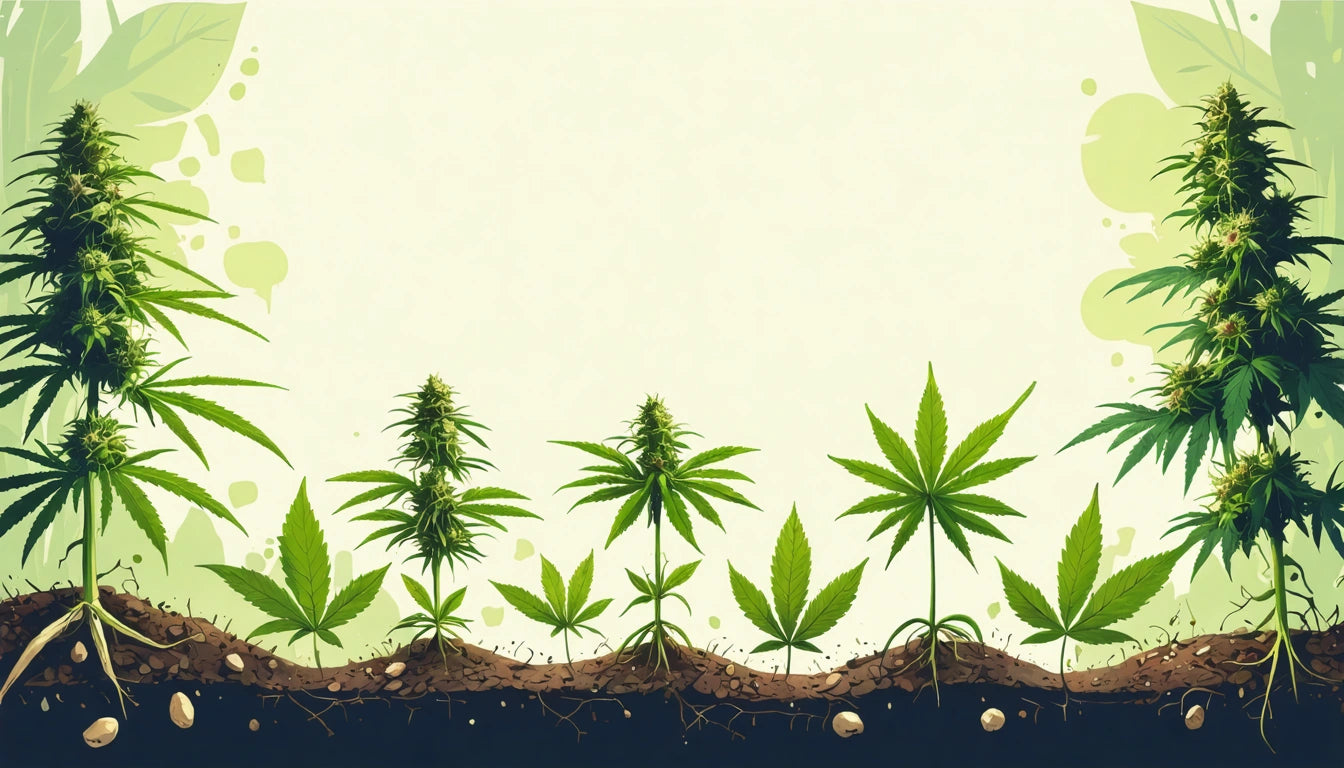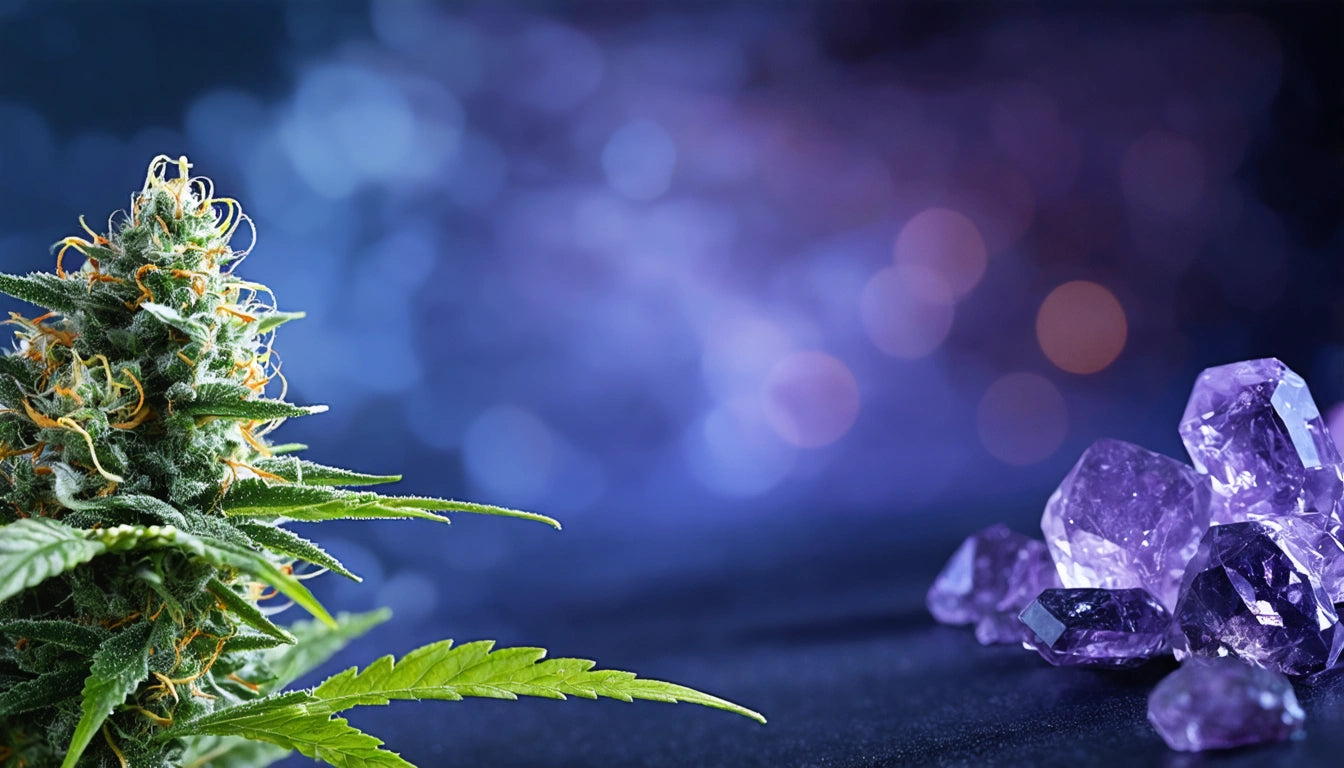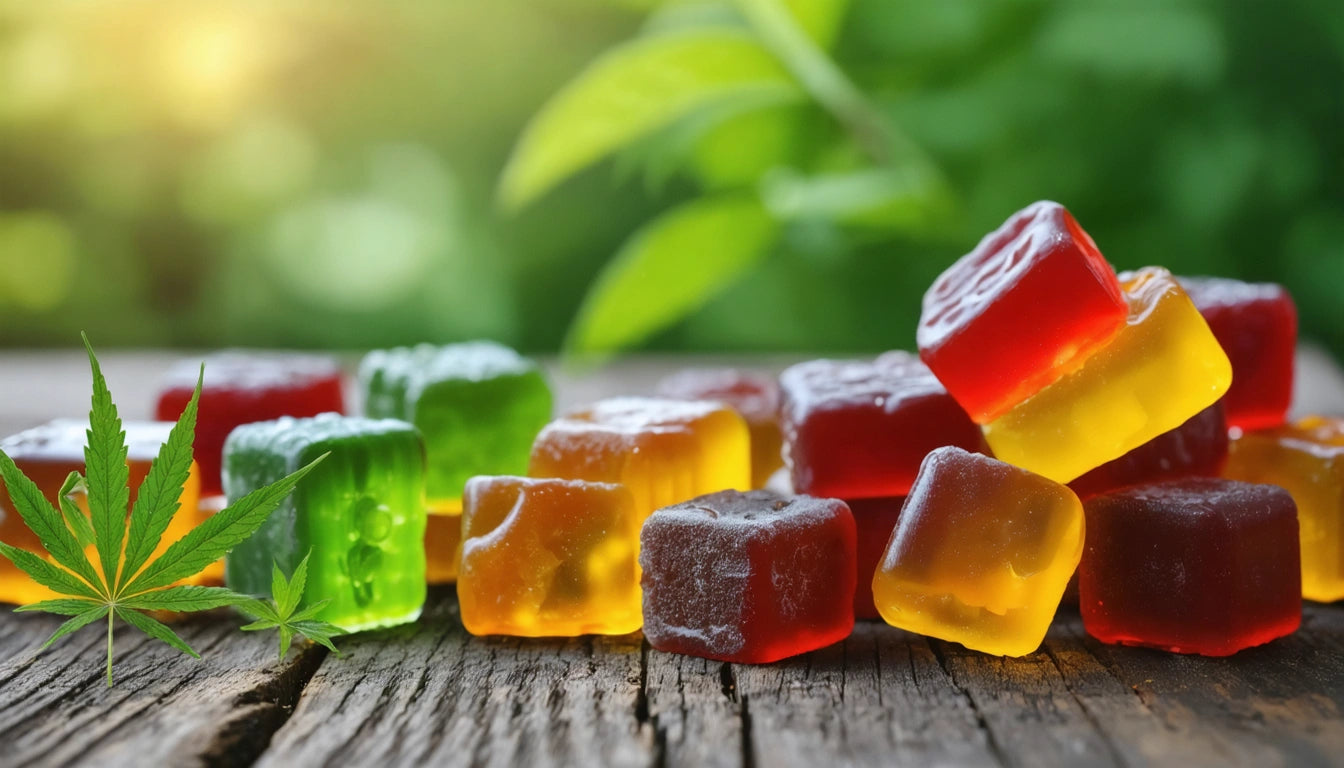Table of Contents
- What Are Photoperiod Seeds: Basic Definition
- Photoperiodism in Plants: The Science Behind Light Cycles
- Photoperiod vs. Autoflowering Seeds: Key Differences
- Benefits of Growing Photoperiod Cannabis
- Best Photoperiod Genetics: Top Strains for Cultivators
- Cultivation Tips for Photoperiod Seeds
- Future of Photoperiod Breeding: Innovations and Trends
Understanding Photoperiod Seeds: Definition, Genetics, and Top Picks
Photoperiod seeds represent the traditional and most widely cultivated form of cannabis genetics. Unlike their autoflowering counterparts, these plants rely on specific light cycle changes to trigger their flowering phase. Understanding what photoperiod seeds are and how they respond to environmental cues is essential for successful cultivation and optimal yields.
What Are Photoperiod Seeds: Basic Definition
Photoperiod seeds produce cannabis plants that depend on light cycle changes to transition from vegetative growth to flowering. The term "photoperiod" refers to the relationship between daylight duration and plant development. These plants typically require 12 hours of darkness to begin flowering, mimicking the natural seasonal shift from summer to fall.
What does photoperiod seeds mean in practical terms? These are cannabis seeds that give growers complete control over when plants flower by manipulating light exposure. This control allows for extended vegetative growth periods, resulting in larger plants and potentially greater yields compared to autoflowering varieties.
Photoperiodism in Plants: The Science Behind Light Cycles
What is photoperiodism in plants? It's the physiological response of plants to the relative lengths of light and dark periods. Cannabis is a "short-day" plant, meaning it flowers when days shorten and nights lengthen. This natural mechanism evolved to ensure reproduction occurs at optimal times before winter.
The process involves photoreceptor proteins called phytochromes that detect light quality and duration. When darkness exceeds a critical threshold (typically 12 hours for cannabis), these proteins trigger hormonal changes that shift the plant from vegetative growth to flowering. Understanding sunlight requirements is crucial for manipulating this process effectively.
Photoperiod plants require specific light/dark cycles to trigger flowering, typically needing 12+ hours of uninterrupted darkness to begin producing buds.
Photoperiod vs. Autoflowering Seeds: Key Differences
The main distinction between these two cannabis types lies in how they transition to flowering. While photoperiod plants require light cycle changes, autoflowering varieties flower automatically based on age regardless of light exposure. As detailed in our guide on autoflowering vs. photoperiod plants, each has distinct advantages for different growing situations.
Key Differences:
- Growth Control: Photoperiod plants allow growers to extend the vegetative stage indefinitely.
- Size Potential: Photoperiod plants can grow much larger with longer vegetative periods.
- Yield: Typically higher yields from photoperiod plants when properly cultivated.
- Flexibility: Photoperiod plants can be cloned successfully, unlike autoflowers.
- Growing Time: Longer overall growing cycle for photoperiod varieties.
Benefits of Growing Photoperiod Cannabis
Photoperiod seeds offer several advantages that make them the preferred choice for many cultivators:
1. Control Over Plant Size
By extending the vegetative stage, growers can determine exactly how large plants grow before triggering flowering. This control is particularly valuable for managing growing spaces efficiently and maximizing yields per plant.
2. Cloning Capability
Photoperiod plants can be cloned repeatedly, allowing growers to preserve favorite phenotypes indefinitely. This capability is especially important for maintaining consistent production of specific strains with desirable characteristics.
3. Higher Potential Yields
With proper training techniques and extended vegetative growth, photoperiod plants typically produce larger harvests than autoflowering varieties of comparable genetics. For commercial operations, this yield difference can significantly impact profitability.
4. Greater Adaptability
Photoperiod plants can recover from stress more effectively, as growers can simply extend the vegetative period to allow plants to recuperate before flowering. This resilience provides a valuable safety margin for less experienced cultivators.
When storing seeds or harvested material, using proper storage containers with secure lids helps maintain freshness while ensuring compliance with safety regulations.
Best Photoperiod Genetics: Top Strains for Cultivators
The best photoperiod genetics combine stability, potency, yield potential, and desirable terpene profiles. While preferences vary by grower and market, several photoperiod strains consistently receive high praise:
Indica-Dominant Photoperiod Strains
- Northern Lights: Classic genetics with fast flowering, resin production, and resilience
- Granddaddy Purple: Known for vibrant colors, grape flavor, and relaxing effects
- Bubba Kush: Compact growth, coffee-chocolate notes, and consistent performance
Sativa-Dominant Photoperiod Strains
- Sour Diesel: Energetic effects with excellent stretch and yield potential
- Jack Herer: Balanced effects, pine-dominant terpenes, and adaptable growth
- Durban Poison: Pure sativa genetics with anise flavors and energizing effects
Balanced Hybrid Photoperiod Strains
- Wedding Cake: High THC potential with dessert flavors and balanced effects
- Gelato: Colorful flowers, complex terpene profile, and strong market demand
- GG4 (Gorilla Glue): Exceptional resin production and versatile growing characteristics
For a comprehensive overview of various seed options, our ultimate guide to cannabis seeds provides detailed insights into selecting the right genetics for specific cultivation goals.
Cultivation Tips for Photoperiod Seeds
Successful cultivation of photoperiod seeds requires attention to several key factors:
Light Management
During the vegetative stage, provide 18-24 hours of light daily. When ready to flower, switch to a strict 12/12 light/dark cycle. Any light interruption during the dark period can delay or disrupt flowering. For indoor growers, selecting appropriate grow lights is crucial for both germination and later growth stages.
Training Techniques
Photoperiod plants respond well to training methods like topping, LST (low-stress training), SCROG (screen of green), and defoliation. These techniques can significantly increase yields by creating more bud sites and better light penetration.
Nutrient Requirements
Adjust feeding schedules based on growth stage. Vegetative plants need higher nitrogen levels, while flowering plants benefit from increased phosphorus and potassium. Monitor optimal PPFD levels throughout the growth cycle to maximize photosynthetic efficiency.
Understanding what marijuana seeds and seedlings look like helps growers identify healthy specimens and troubleshoot issues early in the growing process.
Future of Photoperiod Breeding: Innovations and Trends
The landscape of photoperiod cannabis breeding continues to evolve with several emerging trends:
Terpene-Focused Selection
Breeders are increasingly selecting for complex terpene profiles rather than THC content alone, creating more nuanced and marketable varieties with distinctive aromatic characteristics.
Resistance Breeding
Development of genetics with enhanced resistance to pests, mold, and environmental stressors remains a priority, especially as cultivation expands to new geographic regions with varied climates.
Specialized Cannabinoid Profiles
Beyond THC and CBD, breeders are exploring minor cannabinoids like CBG, CBC, and THCV, creating photoperiod varieties with unique therapeutic potential and effects.
As the cannabis industry matures, photoperiod seeds remain the foundation of commercial cultivation due to their versatility, yield potential, and the unmatched control they offer growers. Understanding the science of photoperiodism and selecting the best photoperiod genetics for specific growing conditions will continue to be essential skills for successful cannabis cultivation.











Leave a comment
All comments are moderated before being published.
This site is protected by hCaptcha and the hCaptcha Privacy Policy and Terms of Service apply.